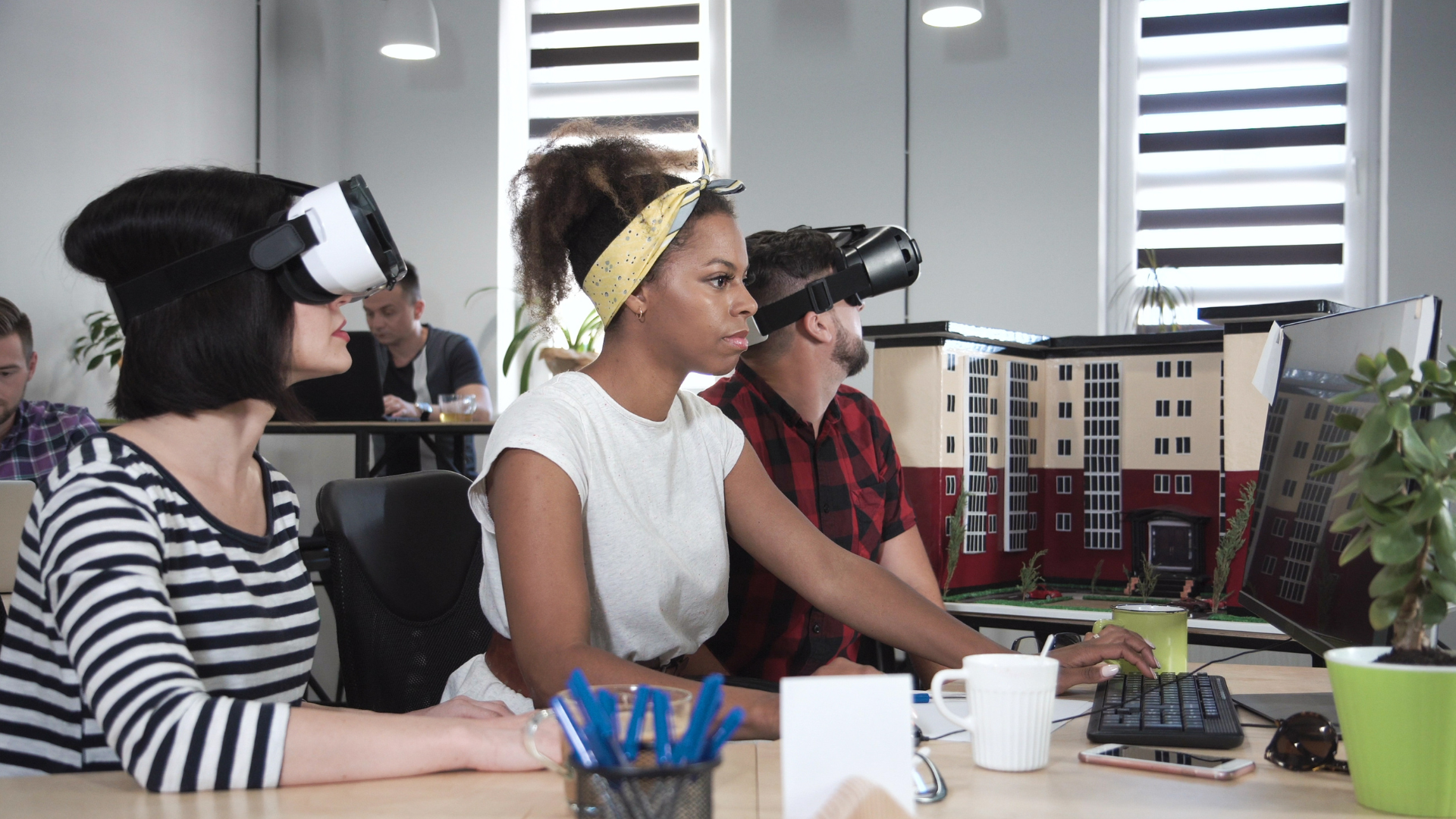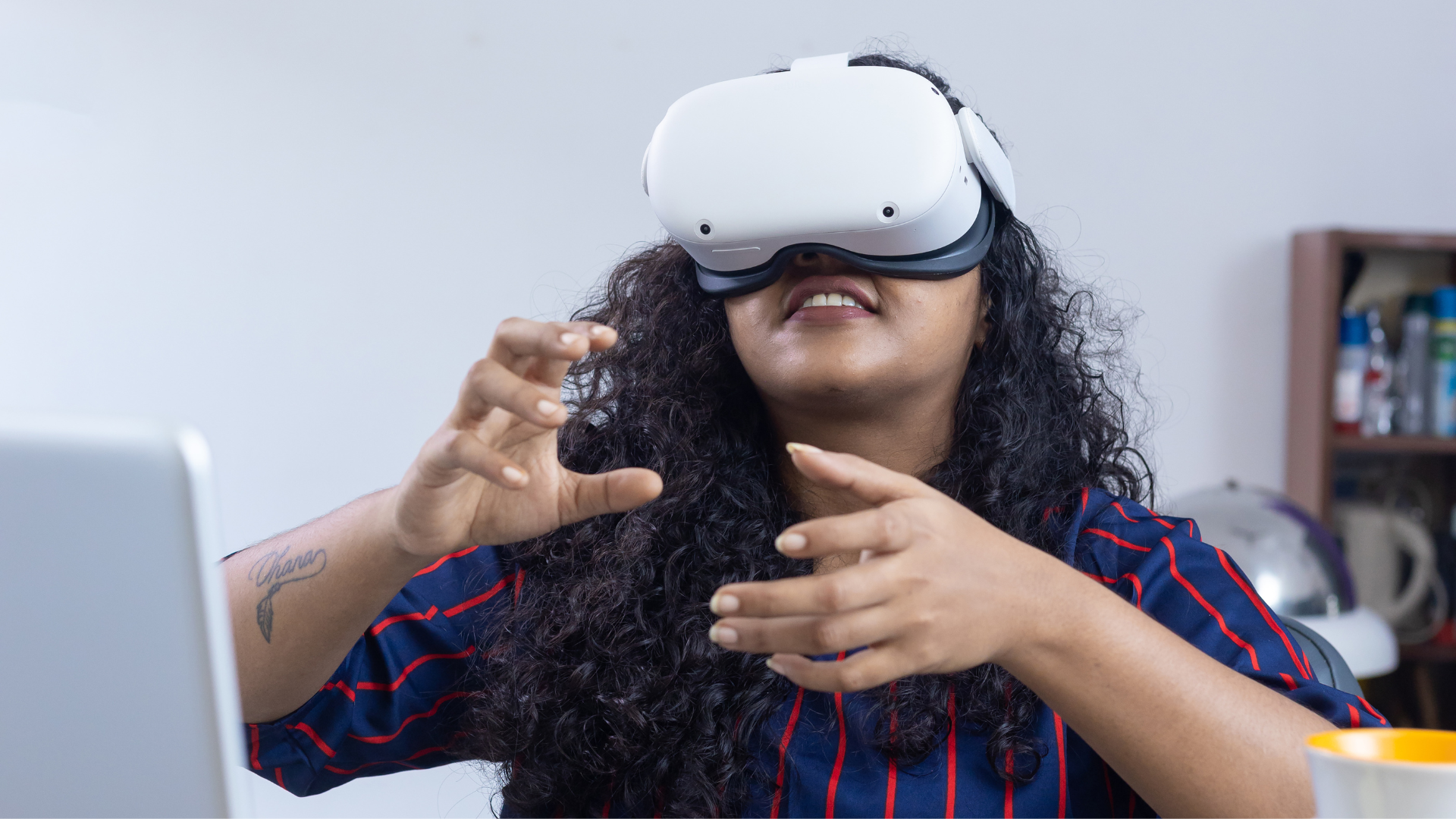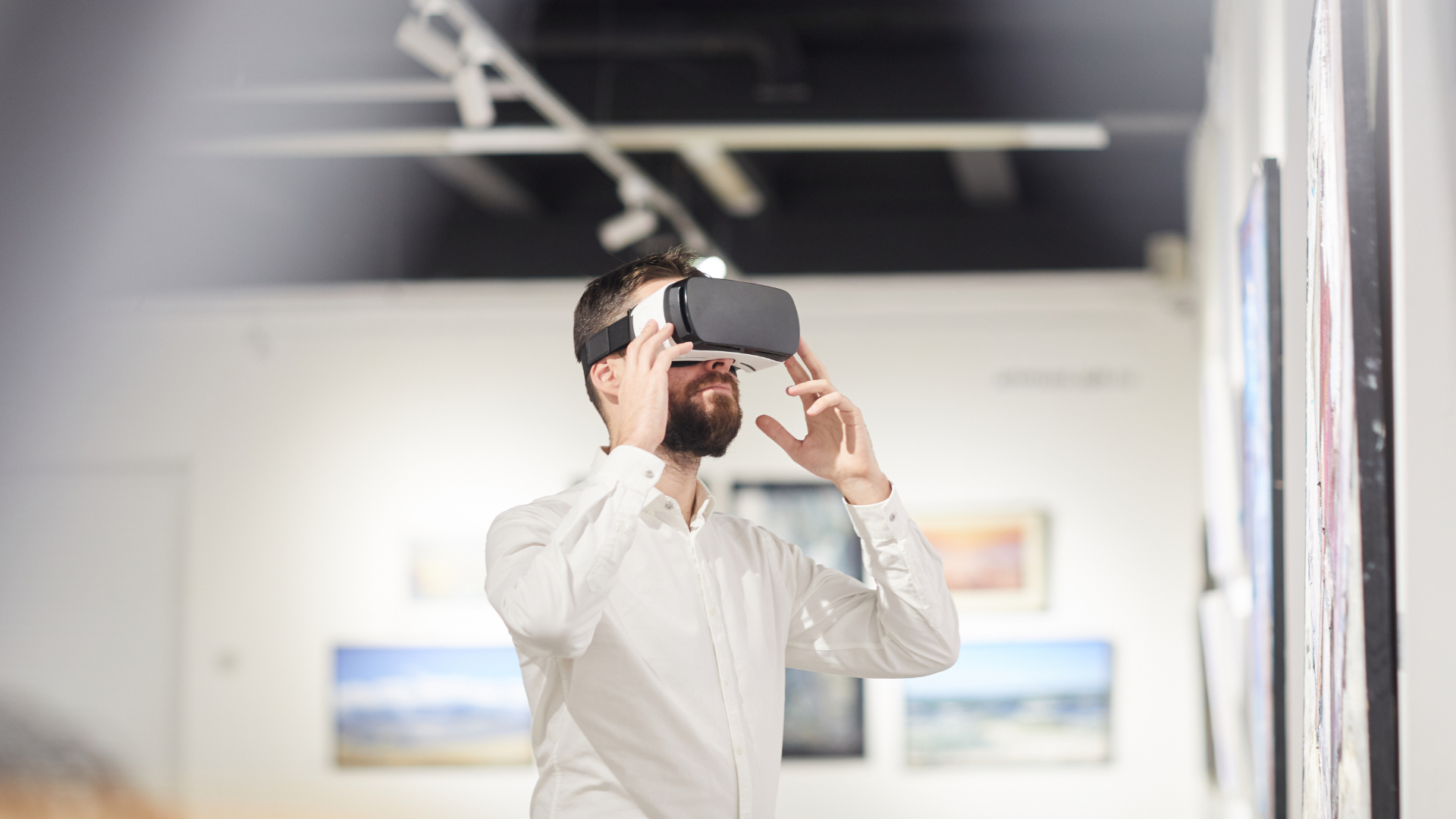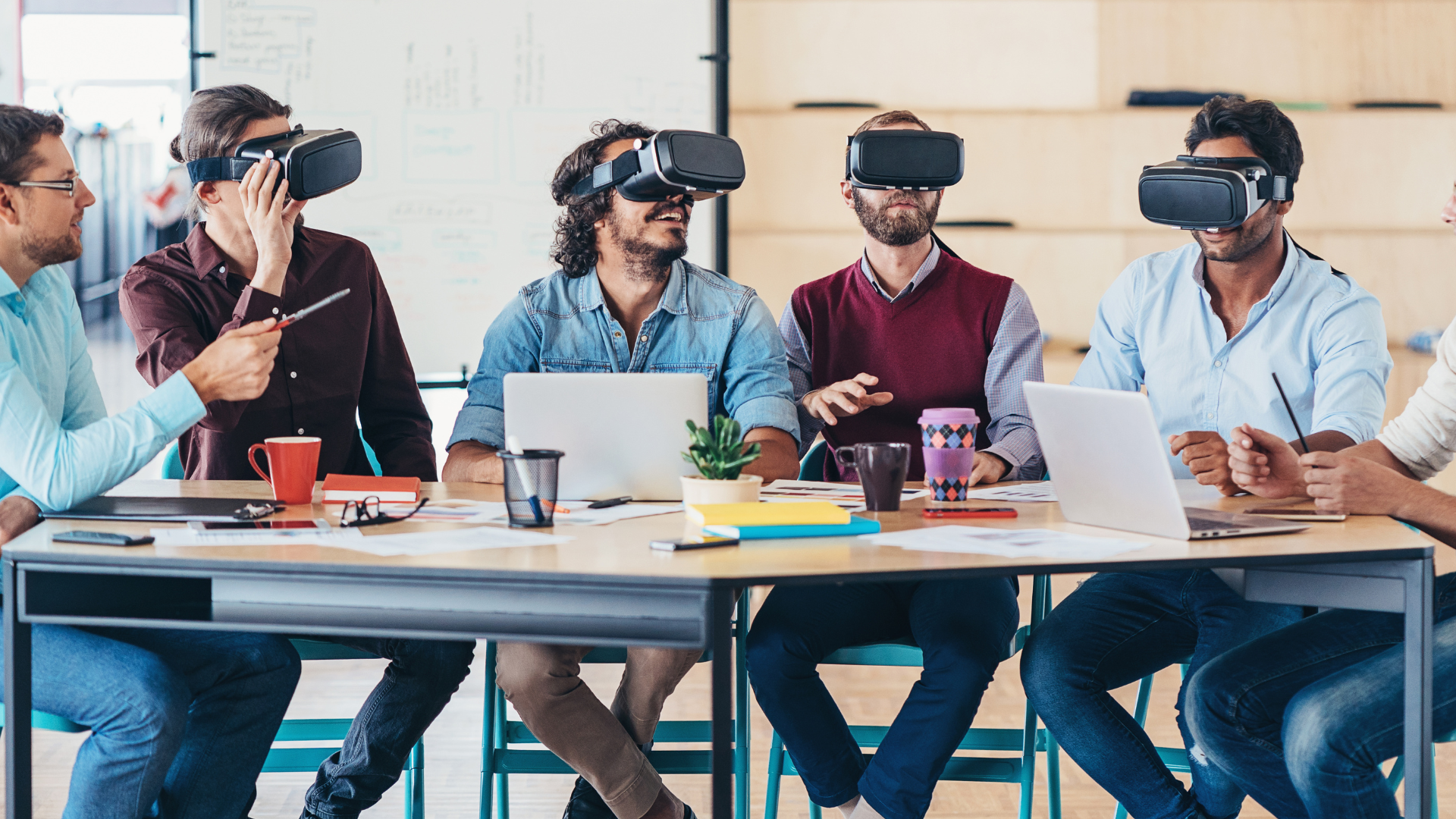Future of work series: Remote Work, VR and Distributed Teams
In recent years, remote work has become increasingly popular due to advancements in technology and the changing nature of work. This has led to the rise of distributed teams and the exploration of new ways to collaborate, including the use of virtual reality (VR).

In recent years, remote work has become increasingly popular due to advancements in technology and the changing nature of work. This has led to the rise of distributed teams and the exploration of new ways to collaborate, including the use of virtual reality (VR).
In this blog, we'll explore the intersection of remote work, VR, and distributed teams and how they can enhance productivity and collaboration.
Remote Work and Distributed Teams
Remote work has become a popular option for both employers and employees. It allows companies to tap into a wider pool of talent and reduces the need for physical office space. For employees, it offers greater flexibility and work-life balance. However, managing a remote team can be challenging, especially when it comes to communication and collaboration.
This is where distributed teams come in. A distributed team is a group of people working remotely from different locations, but who are still able to collaborate and work together effectively. Distributed teams require clear communication channels, a shared understanding of goals and objectives, and strong project management skills. With the right tools and processes in place, distributed teams can be just as productive as in-person teams.
Virtual Reality and Remote Work
Virtual reality (VR) is a technology that has the potential to revolutionise remote work. VR allows users to immerse themselves in a digital environment and interact with virtual objects and other people in real-time. This makes it an ideal tool for remote collaboration and communication.
One of the most promising applications of VR for remote work is in virtual meetings. Instead of using traditional video conferencing tools, team members can join a virtual meeting room and interact with each other as if they were in the same physical space. This can enhance collaboration and creativity, as team members can share ideas and work on projects in a more immersive and engaging way.
VR can also be used for remote training and onboarding. With VR, new employees can be trained in a virtual environment that simulates real-life scenarios, allowing them to gain practical experience without the need for physical equipment or on-site training. This can save companies time and money, while also improving the quality of training.
Benefits of Remote Work, VR, and Distributed Teams
The combination of remote work, VR, and distributed teams offers a number of benefits for both employers and employees. Some of these benefits include:
- Increased flexibility: Remote work allows employees to work from anywhere, while VR and distributed teams make it easier to collaborate with colleagues in different locations.
- Improved work-life balance: Remote work can reduce commuting time and allow employees to work from home, which can improve work-life balance and reduce stress.
- Access to a wider pool of talent: Remote work and distributed teams allow companies to tap into a wider pool of talent, regardless of location.
- Enhanced collaboration: VR and distributed teams can enhance collaboration by creating a more immersive and engaging environment for team members to work in.
- Cost savings: Remote work and VR can reduce the need for physical office space and equipment, while distributed teams can reduce travel costs.
In conclusion, the combination of remote work, VR, and distributed teams has the potential to transform the way we work and collaborate. While there are still challenges to overcome, such as the need for high-quality VR equipment and strong project management skills, the benefits are clear. As technology continues to advance and more companies embrace remote work, we can expect to see the use of VR and distributed teams become increasingly common in the workplace.
Other articles in our Future Of Work Series:











